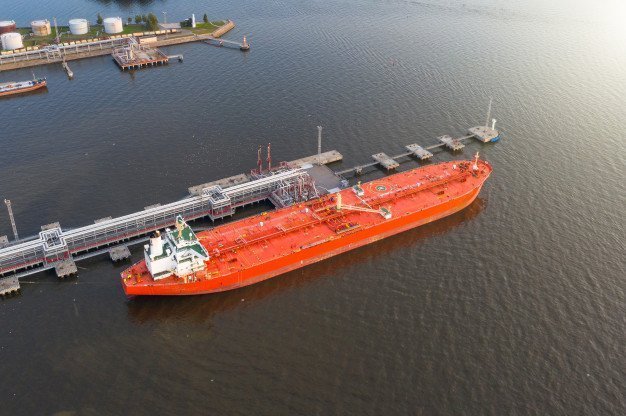Oil futures rose on Monday. Brent rose above $120 a barrel after Saudi Arabia increased its prices for crude oil sales in July, signaling that supply is tight despite OPEC+ producers agreeing to ramp up production increases over the next two months.
Brent crude rose 68 cents, or 0.6%, to $120.40 at 0640 GMT after hitting a high of $121.95, widening gains 1.8% from Friday.
West Texas Intermediate (WTI) crude futures rose 61 cents, or 0.5%, to $119.48 a barrel after hitting a three-month high of $120.99 previously. It rose 1.7 percent on Friday.
State oil producer Aramco said on Sunday that it has raised the July official selling price (OSP) of Saudi Arabian flagship Arabian light crude to Asia by $2.10 from June to $6.50, compared to the average of the Oman and Dubai benchmarks.
July’s OSP hit its highest since May when prices hit all-time highs amid sanctions over Russia’s invasion of Ukraine and concerns about supply disruptions.
The price increase came despite a decision last week by the Organization of the Petroleum Exporting Countries and its allies to increase production by 648,000 bpd, or 50% more than planned, in July and August.
Iraq said on Friday it aims to increase production to 4.58 million barrels per day in July.
High demand in the US during the summer and the relaxation of COVID-19 lockdowns in China are expected to keep prices high.
OPEC+’s decision to push production increases forward is unlikely to meet demand, as increased production spills over to all members, including Russia, which is facing sanctions.
This increase is sorely staying behind demand expectations, especially given the EU’s partial ban on oil imports from Russia.
On Monday, Citibank and Barclays raised their price forecasts for 2022 and 2023 amid shrinking supply from Russia and the delay in the return of Iranian oil.
Analysts said by the help of restructured flows to Asia could mean that Russia’s output and exports will ultimately not fall much, but in the range of 1 million to 1.5 million barrels per day.
Of the 1.9 million bpd Europe’s export of seaborne crude oil, about 900,000 bpd may go to other markets such as China/India or remain in some European markets with limited access to non-Russian oil.
It is said that the oil-for-debt swaps, which were stopped two years ago due to the sanctions imposed on Venezuela, continued after Washington took a step.
A race has begun to replace Russian oil. Separately, Italian Eni and Spanish Repsol may begin shipping Venezuelan oil to Europe as soon as next month to offset Russian crude.
However, it is said that the volume the companies will receive is not expected to be large.

